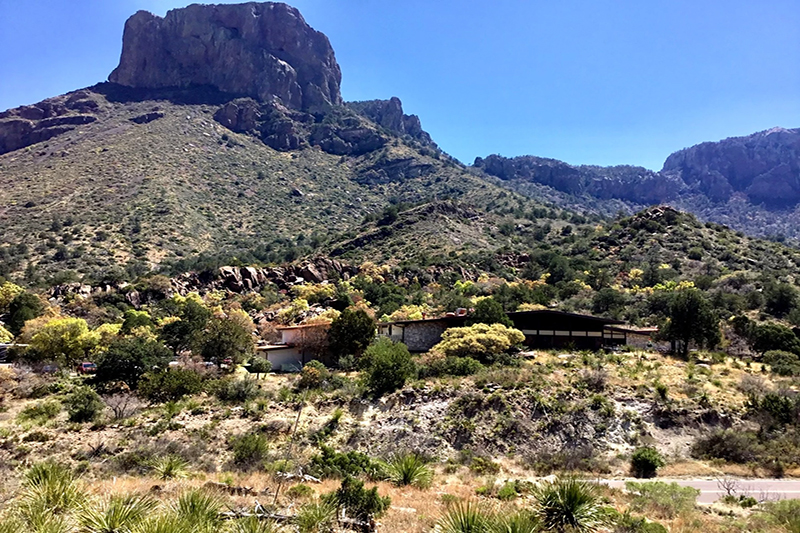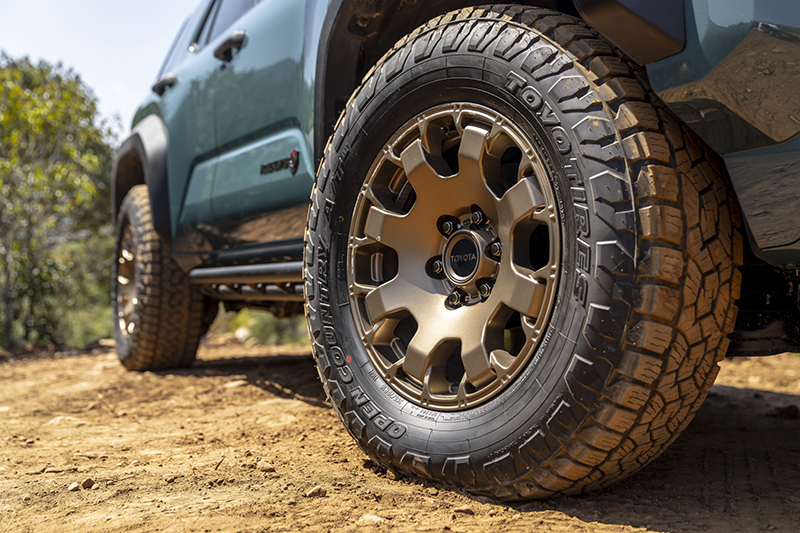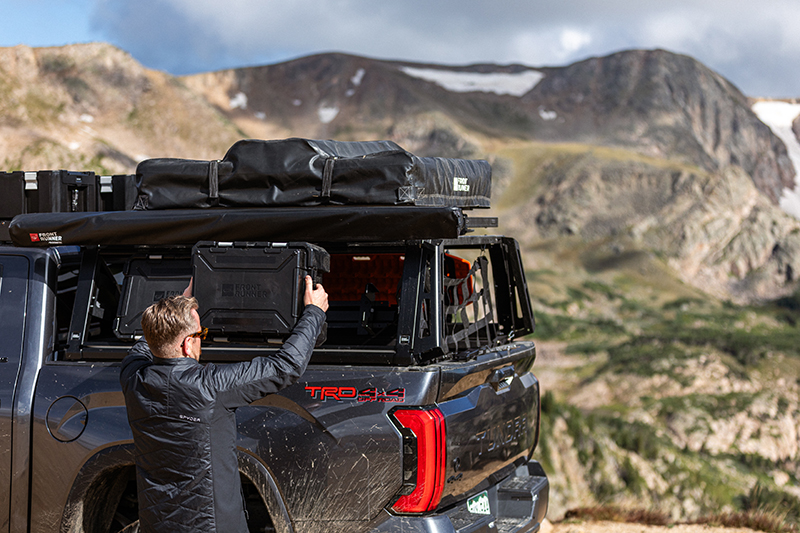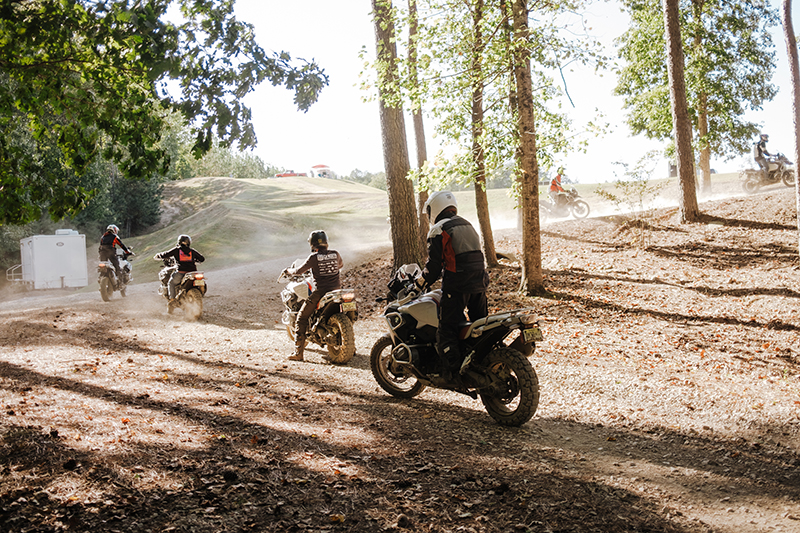Solar Powered Camp Cooking
If you’ve ever seared your legs on a hot metal slide, you understand the cooking potential of the sun. And while many people joke about frying an egg on a sidewalk, with the use of a solar oven, you can easily harness the sun to prepare food at home or when you are camped miles from civilization.
One thing I’ve learned over the years — whether I’m horsepacking through the Bob Marshall Wilderness or parked at a campsite with my family — food makes the trip. But fire can be problematic, particularly in regions where fire danger escalates rapidly, and open fires are either prohibited or simply unwise. And when fuel is scarce, a fire can be difficult to start.
Solar cooking eliminates this issue because there are no flames, making it safe for the environment and the family, even with small kids. Plus, a solar cooker makes it convenient to put your meal inside and walk away for hours without concerns about overcooking.
Cooking with solar power has a long history. In 1767, Horace-Benedict de Saussere, a French-Swiss physicist, created what was in essence a solar oven by placing five glass boxes inside one another on top of a black tabletop. Although it worked, solar cooking really didn’t take hold until the 1970s and ‘80s as part of an effort to provide a fuel-less method to cook for impoverished people throughout the world. Since then, an increasingly large group of enthusiastic individuals openly shares information and resources on the subject in an attempt to make solar cooking mainstream.
Although solar cooking is a practical means of cooking practically anything, it requires a change in thinking. While cooking and baking at around 350 to 375 degrees is the standard, keeping the cooker at around 200 degrees is sufficient when using solar power. Even at more than 100 degrees below the conventional setting, you can bake everything from cookies to full-sized cakes. It takes longer, but everything browns as expected and you end up with a good texture.
How this magic happens depends on the solar cooker design, and there are several models with multiple variations. Solar panel cookers are the simplest, using reflective panels directed on the pot or food you’re cooking. They’re very easy to use, but lack the ability to retain much heat for even cooking or when the sun dips behind the clouds.
Parabolic cookers depend on a more elaborate reflective set-up, but can reach temperatures of 450 degrees, more like traditional stove-top cooking. This means you can cook effectively with less sunlight, providing a longer cooking window during the day. The drawback is it requires more babysitting to ensure the reflectors line up with the sun.
The solar oven, such as the Solavore Sport, the model I use, uses a dark, insulated box to retain the heat. As the sun’s rays enter the transparent lid, heat stays within the box to cook the food. Cooking temperatures range from 180 to 300 degrees. The Solavore Sport solar oven is a good fit with my desire to put an item in the oven and let it go since I am frequently distracted by projects. My family jokes that too often my meal prep approach is “Turn it on high and say goodbye. When it’s black, c’mon back!” You can understand the appeal of not being able to burn dinner.
When I first tried the solar oven, I was dubious about being able to let something cook without fussing over it. But many times I put my food in the solar oven, clipped on the lid, and became engrossed in another project. Initially, I panicked when I realized an hour or more had slipped by without checking it but, except for one time when my chocolate chip cookies were closer to the texture of biscotti, everything has been beautiful.
You don’t have to have cloudless days to cook or bake — as long as you can see your shadow you can use it — but you must place it in a spot that will receive several hours of unobstructed sunlight. If you have a day with passing clouds, just keep an eye on the thermometer to make sure it doesn’t drop below 150 degrees, to ensure food safety. Around here (in Montana), the solar oven works extremely well beginning early in the day. By 10 a.m. the sun is high, which makes cooking quick, often allowing me to cook or bake several batches of food a day. And, although sun is an absolute requirement, the solar oven doesn’t necessarily need a lot of it. I use it during the winter by tipping it on its side to gain a better angle of the low, winter sun.
Beyond not needing a lot of attention and eliminating fire danger, energy conservation is another benefit of cooking with the sun. Plus, during the summer, using the solar oven heads off a lot of protests from my husband, who doesn’t appreciate me making the house hotter. In Montana, we typically don’t have enough hot days to warrant putting in an air conditioner, but it can be uncomfortable to crank up the stove when it’s already over 80 degrees in the house. When I cook outside with the solar oven, I don’t turn the house into a sauna.
The beauty of the solar oven is that it’s the answer to cooking wherever you want. It’s convenient at home, and it’s a boon while camping. If you have a sunny day, you can set the oven on the back of the truck or on a picnic table, then go hike, fish, or explore. When you return, the food is ready.
For those looking for a simple means of meal preparation, particularly when traveling where power isn’t available and you don’t want the hassle of a fire, cooking your food with the sun is an option worth considering.
* OutdoorX4 Magazine – Promoting responsible 4×4 adventure travel and outdoor recreation















